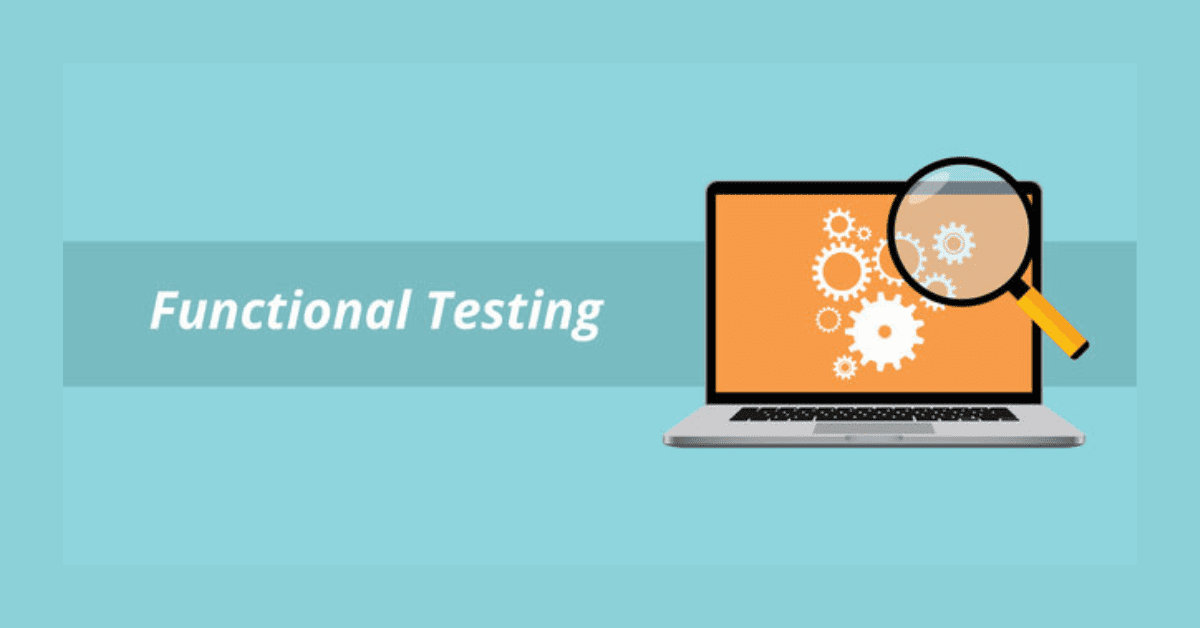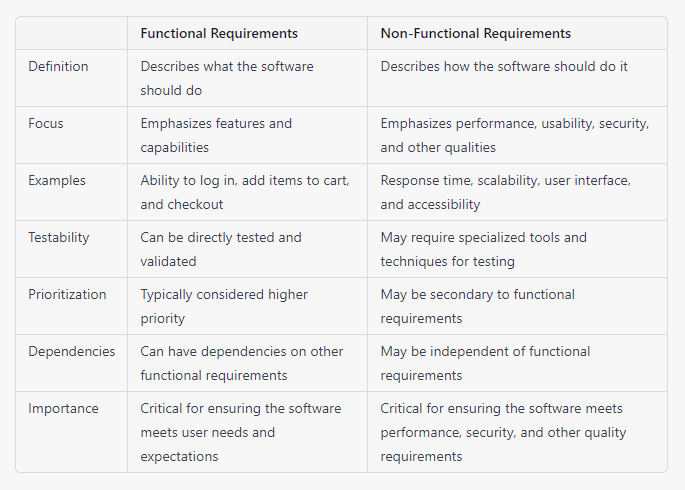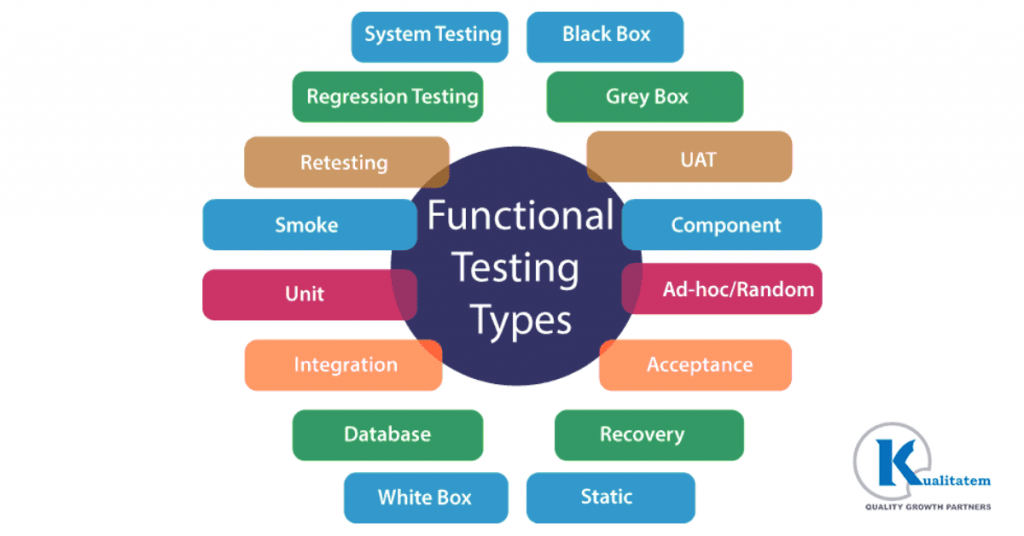Leveraging Functional Testing for Improved Product Quality

- February 21, 2023
- admin
In the competitive digital landscape, ensuring the quality of software products is crucial for business success. A robust testing approach helps companies uncover defects early, ensuring their offerings meet user expectations and perform reliably.
In this blog, we’ll explore software functional testing, its types, benefits, and more.
What is Functional Testing?
Functional testing is a key part of software quality assurance that verifies if an application operates as intended and meets specified requirements. By evaluating features, capabilities, and behavior, it helps ensure the product delivers expected outcomes. This testing is conducted by quality assurance professionals, who play a crucial role in identifying and fixing issues to enhance reliability and user satisfaction.
Difference Between Functional and Non-Functional Testing
Here are a few basic differences between Functional and Non-Functional Testing.

Types of Functional Testing

Unit Evaluation
Unit evaluations focus on ensuring individual pieces of the application function correctly. Testers write cases to validate isolated functions or methods, often using automated tools. This helps detect issues early in the development cycle, preventing downstream complications.
Integration Checks
Integration testing assesses how different components work together, confirming they operate as a cohesive unit. In this phase, testers use simulations to evaluate interactions between modules and address any flaws that might arise.
System Review
System testing evaluates the full application to confirm it meets requirements and performs as expected. Testers use end-to-end scenarios to mimic real-world use, helping to uncover any issues that may arise in production-like environments.
User Acceptance Verification
Acceptance testing allows end-users or stakeholders to validate that the application meets their needs. Through real-life scenarios, stakeholders ensure the product aligns with their expectations and is ready for deployment.
Regression Validation
Regression testing ensures that updates or changes do not affect existing functionality. By retesting previously verified features, testers ensure the product functions as expected after modifications.
Smoke Verification
Smoke testing is a preliminary check of core functionalities, confirming the program is stable enough for detailed evaluations. It is a quick run-through of essential features like login and navigation to ensure basic reliability.
Exploratory Assessment
Exploratory testing lets testers freely evaluate the product, often without predefined scripts, to identify usability or functionality issues that structured testing may overlook.
Benefits of Functional Testing
- Ensures Requirements Are Met: This testing verifies that the application fulfills specified requirements, allowing teams to catch and address issues before release.
- Enhances Quality: Functional assessments identify problems early, which improves the overall quality of the application and reduces the risk of future issues.
- Reduces Failure Risks: Testing uncovers defects that could otherwise lead to failure, safeguarding the product’s performance in real-world environments.
- Improves User Experience: By catching issues that might affect user interactions, this testing ensures a smooth experience for the end-user.
- Saves Time and Costs: Early identification of problems prevents more complex issues later, saving time and reducing repair costs.
- Supports Team Collaboration: Testing bridges communication between developers, quality assurance teams, and stakeholders, helping resolve issues effectively.
- Enables CI/CD Integration: Automated functional tests in CI/CD pipelines ensure consistent and reliable quality checks throughout development.
- Drives Process Improvement: Insights from testing results can guide teams to enhance their processes, tools, and methods for future projects.
Conclusion
Functional testing is essential for companies aiming to produce reliable software. By detecting and addressing issues early, testing reduces the chance of bugs impacting the end product and enhances user experience. Routine testing ensures software quality and market readiness, helping businesses stay competitive. Partnering with experienced testing providers can support companies in achieving consistent product quality, adapting to evolving digital demands, and achieving long-term success.











